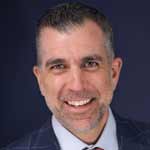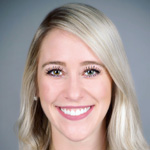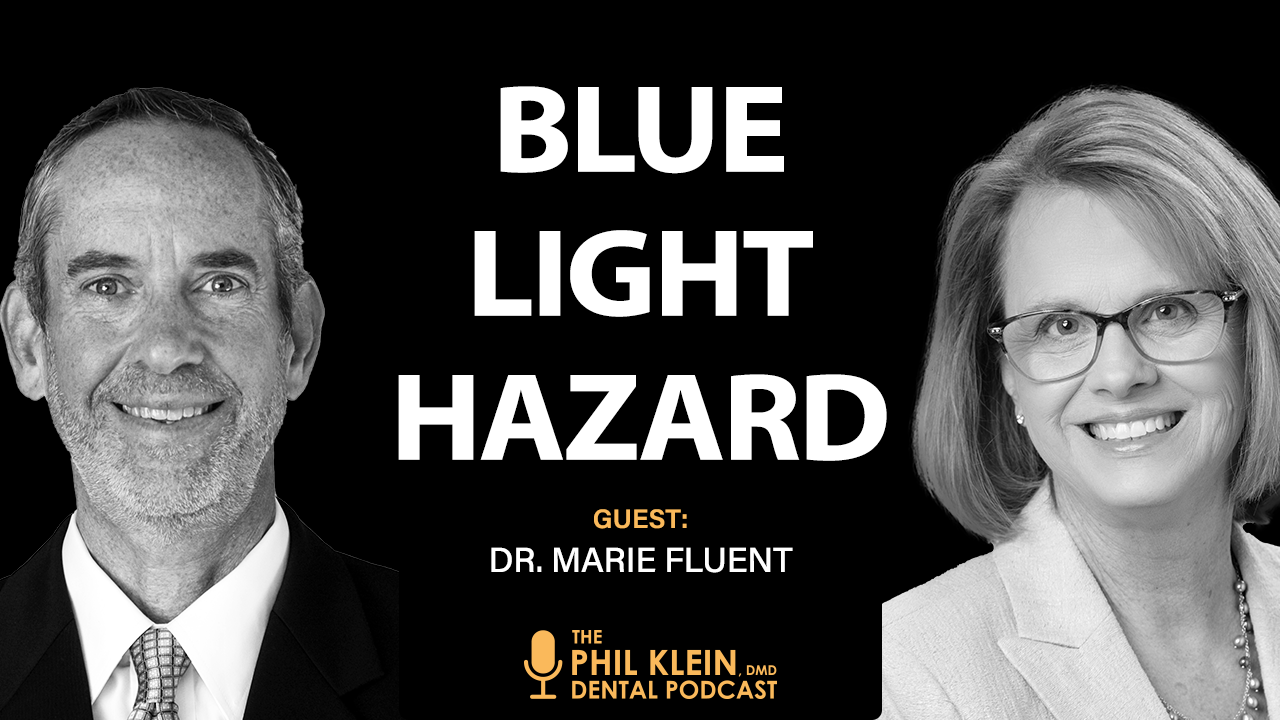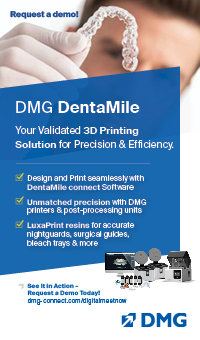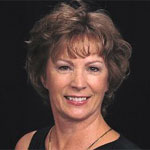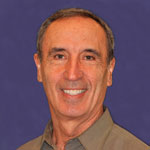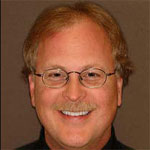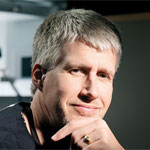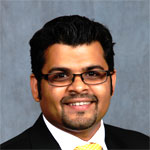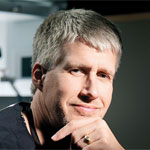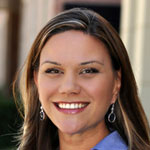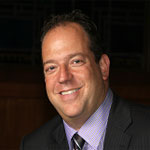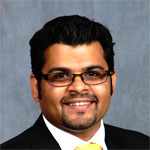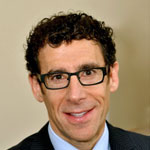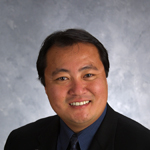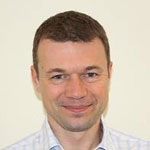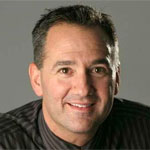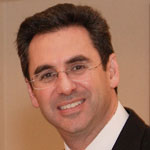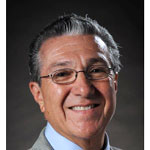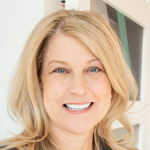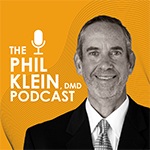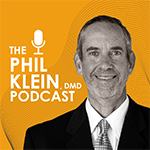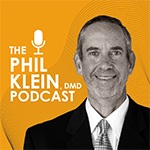Search for On-Demand CE - Earn Self-Study CEU Now!
|
|
Presenter: Alan Budenz, MS, DDS, MBA CE Supporter: Septodont Release Date: 9/18/14 Reviewed: 2025 Expiration Date: 9/18/28 CE Credits: 1 CEU (Self-Study) View Full Description » |
|
|
Presenter: Patricia Pine, RDH CE Supporter: Air Techniques Release Date: 9/17/14 Reviewed: 2025 Expiration Date: 9/17/28 CE Credits: 1 CEU (Self-Study) View Full Description » |
|
|
Presenter: Dr. Hugh Flax CE Supporter: SDI Release Date: 9/16/14 Reviewed: 2025 Expiration Date: 9/16/28 CE Credits: 1 CEU (Self-Study) View Full Description » |
|
|
Presenter: Dr. George Priest CE Supporter: VOCO America Release Date: 9/4/14 Reviewed: 2025 Expiration Date: 9/4/28 CE Credits: 1 CEU (Self-Study) View Full Description » |
|
|
Presenter: Dr. Bob Lowe CE Supporter: SDI Release Date: 9/3/14 Reviewed: 2025 Expiration Date: 9/3/28 CE Credits: 1 CEU (Self-Study) View Full Description » |
|
|
Presenter: Dr. John Flucke CE Supporter: COLTENE Release Date: 9/3/14 Reviewed: 2025 Expiration Date: 9/3/28 CE Credits: 1 CEU (Self-Study) View Full Description » |
|
|
Presenter: Dr. Gary Radz CE Supporter: VOCO America Release Date: 8/27/14 Reviewed: 2025 Expiration Date: 8/27/28 CE Credits: 1 CEU (Self-Study) View Full Description » |
|
|
Presenter: Dr. Joel Henriod CE Supporter: Viva Learning Release Date: 8/25/14 Reviewed: 2025 Expiration Date: 8/25/28 CE Credits: 1 CEU (Self-Study) View Full Description » |
|
|
Presenter: Dr. Lisa Alvetro CE Supporter: Solventum (formerly 3M Health Care) Release Date: 8/22/14 Reviewed: 2025 Expiration Date: 8/22/28 CE Credits: 1 CEU (Self-Study) View Full Description » |
|
|
Presenter: Sally McKenzie CE Supporter: Practice Management Release Date: 8/13/14 Reviewed: 2025 Expiration Date: 8/13/28 CE Credits: 1 CEU (Self-Study) View Full Description » |
|
|
Presenter: Nancy Andrews, RDH CE Supporter: Viva Learning Release Date: 8/12/14 Reviewed: 2025 Expiration Date: 8/12/28 CE Credits: 1 CEU (Self-Study) View Full Description » |
|
|
Presenter: Patti DiGangi, RDH, BS CE Supporter: GC America Release Date: 8/5/14 Reviewed: 2025 Expiration Date: 8/5/28 CE Credits: 1 CEU (Self-Study) View Full Description » |
|
|
Presenter: Dr. Harish Gulati CE Supporter: COLTENE Release Date: 7/30/14 Reviewed: 2025 Expiration Date: 7/30/28 CE Credits: 1 CEU (Self-Study) View Full Description » |
|
|
Presenter: Dr. Lori Trost CE Supporter: Viva Learning Release Date: 7/28/14 Reviewed: 2025 Expiration Date: 7/28/28 CE Credits: 1 CEU (Self-Study) View Full Description » |
|
|
Presenter: Dr. John Flucke CE Supporter: VOCO America Release Date: 7/22/14 Reviewed: 2025 Expiration Date: 7/22/28 CE Credits: 1 CEU (Self-Study) View Full Description » |
|
|
Presenter: Sarah Keller CE Supporter: Viva Learning Release Date: 7/11/14 Reviewed: 2025 Expiration Date: 7/11/28 CE Credits: 1 CEU (Self-Study) View Full Description » |
|
|
Presenter: Patti DiGangi, RDH, BS CE Supporter: DENTALEZ Release Date: 7/9/14 Reviewed: 2025 Expiration Date: 7/9/28 CE Credits: 1 CEU (Self-Study) View Full Description » |
|
|
Presenter: Dr. Ron Kaminer CE Supporter: GC America Release Date: 7/8/14 Reviewed: 2025 Expiration Date: 7/8/28 CE Credits: 1 CEU (Self-Study) View Full Description » |
|
|
Presenter: Dr. Harish Gulati CE Supporter: COLTENE Release Date: 6/30/14 Reviewed: 2025 Expiration Date: 6/30/28 CE Credits: 1 CEU (Self-Study) View Full Description » |
|
|
Presenter: Dr. David Isen CE Supporter: Pierrel S.p.A. Release Date: 6/26/14 Reviewed: 2025 Expiration Date: 6/26/28 CE Credits: 1 CEU (Self-Study) View Full Description » |
|
|
Presenter: Dr. Wynn Okuda CE Supporter: GC America Release Date: 6/25/14 Reviewed: 2025 Expiration Date: 6/25/28 CE Credits: 1 CEU (Self-Study) View Full Description » |
|
|
Presenter: Dr. Nick Barker CE Supporter: Viva Learning Release Date: 6/25/14 Reviewed: 2025 Expiration Date: 6/25/28 CE Credits: 1 CEU (Self-Study) View Full Description » |
|
|
Presenter: Dr. Lisa Alvetro CE Supporter: Solventum (formerly 3M Health Care) Release Date: 6/20/14 Reviewed: 2025 Expiration Date: 6/20/28 CE Credits: 1 CEU (Self-Study) View Full Description » |
|
|
Presenter: Dr. Sam Simos CE Supporter: VOCO America Release Date: 6/19/14 Reviewed: 2025 Expiration Date: 6/19/28 CE Credits: 1 CEU (Self-Study) View Full Description » |
|
|
Presenter: Dr. Martin Jablow CE Supporter: Viva Learning Release Date: 6/18/14 Reviewed: 2025 Expiration Date: 6/18/28 CE Credits: 1 CEU (Self-Study) View Full Description » |
|
|
Presenter: Dr. Marshall Fagin CE Supporter: Ivoclar Release Date: 6/11/14 Reviewed: 2025 Expiration Date: 6/11/28 CE Credits: 1 CEU (Self-Study) View Full Description » |
|
|
Presenter: Dr. Lee Ann Brady CE Supporter: Ivoclar Release Date: 6/10/14 Reviewed: 2025 Expiration Date: 6/10/28 CE Credits: 1 CEU (Self-Study) View Full Description » |
|
|
Presenter: Cathy Sundvall CE Supporter: Solventum (formerly 3M Health Care) Release Date: 6/6/14 Reviewed: 2025 Expiration Date: 6/6/28 CE Credits: 1 CEU (Self-Study) View Full Description » |
|
|
Presenter: Sally McKenzie CE Supporter: Practice Management Release Date: 6/4/14 Reviewed: 2025 Expiration Date: 6/4/28 CE Credits: 1 CEU (Self-Study) View Full Description » |





